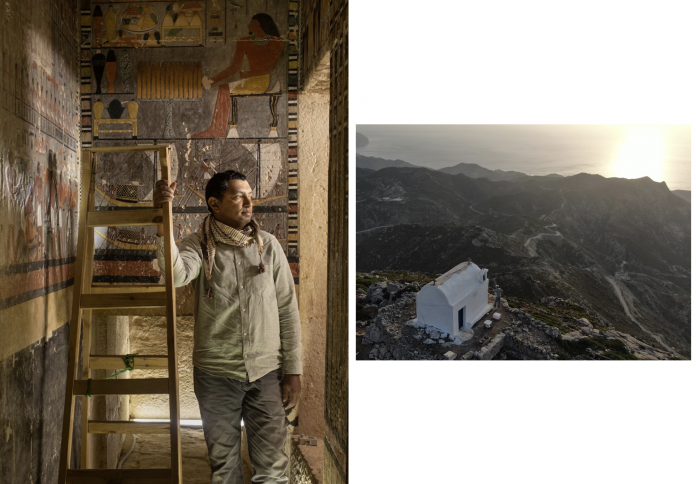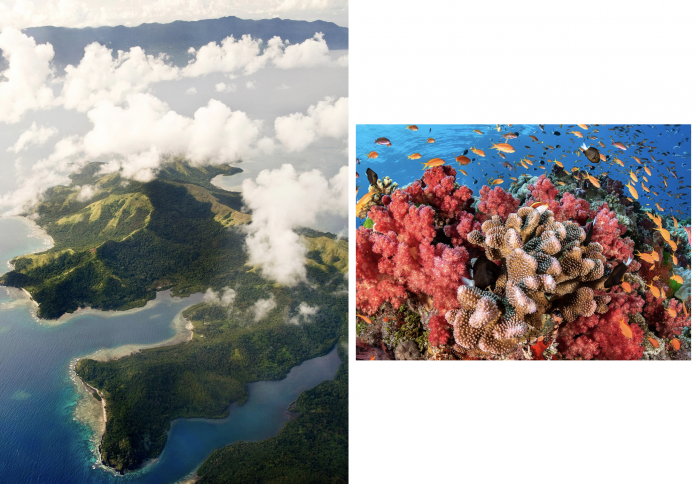In 2023, National Geographic’s annual “Best of the World” list serves not just as a recommendation, but as a roadmap for a more conscious and adventurous return to global exploration. Curated into five distinct categories—Culture, Nature, Adventure, Community, and Family—the list of 25 destinations celebrates places that are utilizing tourism to heal, to teach, and to thrive. It spotlights locations that are newly accessible, those championing sustainable practices and inclusive heritage, and others simply offering extraordinary encounters with the planet’s raw beauty. From the sacred trails of ancient empires to remote archipelagos pioneering eco-tourism, this selection honors destinations where travel yields reciprocal benefits: enriching the visitor while sustaining the local environment and community. The focus shifts away from crowded icons toward meaningful engagement—be it exploring women-led enterprises in the Aegean or discovering a hidden Incan city. This is the definitive guide to a year of discovery, reminding travelers that the most memorable journeys are those that make the world, and us, a little better.
Culture: Echoes of Empire and Modern Heritage
This section explores destinations where history is not merely preserved but actively being reshaped and presented to a global audience. These locations showcase the enduring power of human endeavor, from ancient religious sanctuaries to contemporary museums that champion marginalized narratives. The selection encourages a deeper understanding of humanity’s shared past and evolving identity.
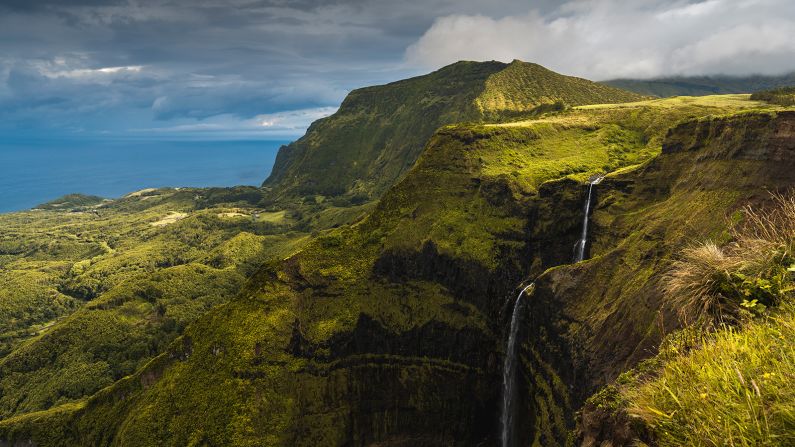
Travelers are invited to trek along the Appian Way in Italy, Europe’s ancient “superhighway,” a historic route that once connected Rome to the southern reaches of its empire. Its recent focus on restoration and pedestrian access makes it an ideal place to experience history at a walkable pace, far from the congestion of the capital. Across the globe, Busan, South Korea, provides a stunning contrast, celebrated for its blend of dramatic mountains and lively beaches. It has emerged as a cultural hotspot, recognized for hosting Asia’s premier film festival and fostering a thriving scene of local craft breweries, positioning it as Korea’s dynamic second city.
Meanwhile, the profound history of Asia is palpable at the Longmen Grottoes in Henan Province, China. This UNESCO World Heritage site is home to over 100,000 figures devoted to Buddhism, intricately carved into limestone cliffs above the Yi River between the 5th and 8th centuries AD. Separately, a resurgence in historical tourism is evident in Egypt, with the long-awaited reopening of Luxor’s Avenue of Sphinxes and the imminent debut of Cairo’s Grand Egyptian Museum, which promises an unprecedented look at King Tut and other Pharaonic treasures. Finally, in the American South, Charleston, South Carolina, is highlighted for the opening of the International African American History Museum, a vital institution dedicated to recounting the history and enduring contributions of African Americans, many of whom first arrived on the nearby Gadsden’s Wharf.
Nature: Sanctuary, Sustainability, and Solitude
The places featured here are sanctuaries of biodiversity, remote havens of conservation, and examples of how sustainable practices can protect natural assets. They offer travelers a chance to unplug and connect with the wild, from vast deserts to marine-rich volcanic islands.

The majestic and rugged Scottish Highlands continue to be a top destination for those seeking solitude and wilderness. The sweeping, untamed landscape, rich in Gaelic history and folklore, provides endless hiking and immersion in Europe’s last great wild spaces. In Southern Africa, Botswana is recognized for its commitment to high-value, low-impact tourism. Visitors can experience phenomenal wildlife in conservation areas, including helping local efforts to rehabilitate endangered species, making it a critical destination for responsible ecotourism.
A distinct European experience can be found in Slovenia, which is championed for its green infrastructure and gastrotourism. The country’s cycling routes lead directly to farms, cheesemakers, and vineyards, allowing travelers to combine active adventure with an intimate taste of local agricultural life. For an entirely different frontier experience, Big Bend National Park in Texas offers a remote, arid landscape that harbors more cactus species than any other US national park. Its sheer scale and isolation attract those looking for unparalleled quiet and spectacular night skies. Completing the category are the Azores Islands, Portugal, a volcanic archipelago in the Atlantic that has been EarthCheck-certified for sustainable tourism. This oasis is a globally recognized destination for whale and dolphin watching, with 28 species frequenting its protected marine reserves.
Adventure: Peak Challenges and Underwater Thrills
This category is dedicated to the thrill-seeker, featuring destinations that offer opportunities for high-adrenaline activities, challenging treks to historic sites, and rare, immersive encounters with marine life in protected reserves. These are journeys that test physical limits while rewarding with breathtaking views.
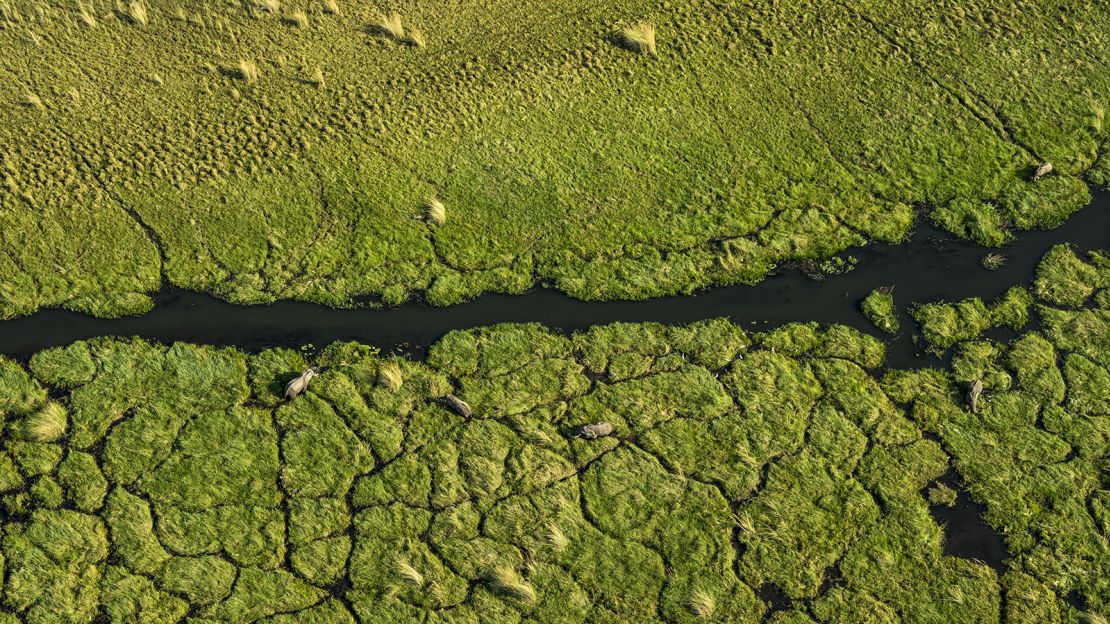
As the birthplace of bungee jumping and a world-renowned hub for extreme sports, New Zealand continues to stand as the global capital of adventure. Its diverse landscapes—from towering mountains to pristine coastlines—provide the perfect backdrop for virtually every outdoor activity imaginable. For an alternative historical trek, Choquequirao in Peru is featured as a rugged, multi-day hike to a lesser-visited Incan citadel. Often called Machu Picchu’s “sacred sister,” its isolation offers a rewarding experience for those willing to brave the challenging route, keeping it off the mass-tourism radar.
Closer to home for many, Utah, USA, is highlighted for the incredible variety of its outdoor spaces, extending beyond its famed Mighty Five National Parks. The state provides ample opportunity for mountain biking, climbing, and exploring its less-visited red-rock formations. Similarly, the dramatic scenery of the Austrian Alps is a perennial mecca for all forms of alpine adventure, from world-class skiing in winter to demanding hiking and climbing routes in the summer, supported by a network of welcoming villages. Finally, for marine adventurers, Revillagigedo National Park, Mexico, offers a rare opportunity. This protected marine reserve is a prime spot for diving and swimming with giant manta rays and various species of sharks, emphasizing its role as a critical, conserved underwater ecosystem.
Community: Inclusive Journeys and Local Empowerment
The focus here is on destinations that are actively using tourism to empower local populations, sustain cultural traditions, and foster inclusive economic growth. These are places where the traveler’s dollars directly support heritage and community-led initiatives, creating a travel experience with a positive social impact.
In the Aegean Sea, the Dodecanese Islands of Greece—including Patmos and Leros—are recognized for embracing women-led sustainable tourism enterprises. These community-focused efforts ensure that economic benefits remain local while showcasing the islands’ unique blend of Greek, Roman, and Ottoman-Italian cultural influences. Moving to North America, Milwaukee, Wisconsin, makes the list for its urban revitalization centered around community life. The city’s historic Third Ward, with its vibrant public market and local breweries, offers a deeply rooted experience of Midwestern American culture and hospitality, often overlooked by larger coastal cities.

In Western Canada, Alberta is acknowledged for its support of Indigenous tourism outfitters. These community-led ventures provide visitors with authentic opportunities to learn long-held traditions and deep cultural knowledge directly from the Indigenous peoples of the region, ensuring cultural preservation and economic equity. The impact of infrastructure is visible in Laos, where a newly opened high-speed train system is dramatically improving connectivity. Critically, this development is celebrated for economically benefiting locals by opening up new trade routes and domestic tourism possibilities that bypass traditionally expensive travel options. Lastly, Ghana is spotlighted for its vibrant, cosmopolitan capital, Accra, which is quickly becoming a major hub for Black heritage and West African fashion, offering a bright, dynamic, and unforgettable shopping and cultural experience.
Family: Hands-on Learning and Multi-Generational Fun
This final category highlights destinations that offer educational, engaging, and memorable experiences for travelers of all ages. These choices prioritize ease of travel, educational content, and the opportunity for hands-on involvement, from conservation efforts to urban hikes.
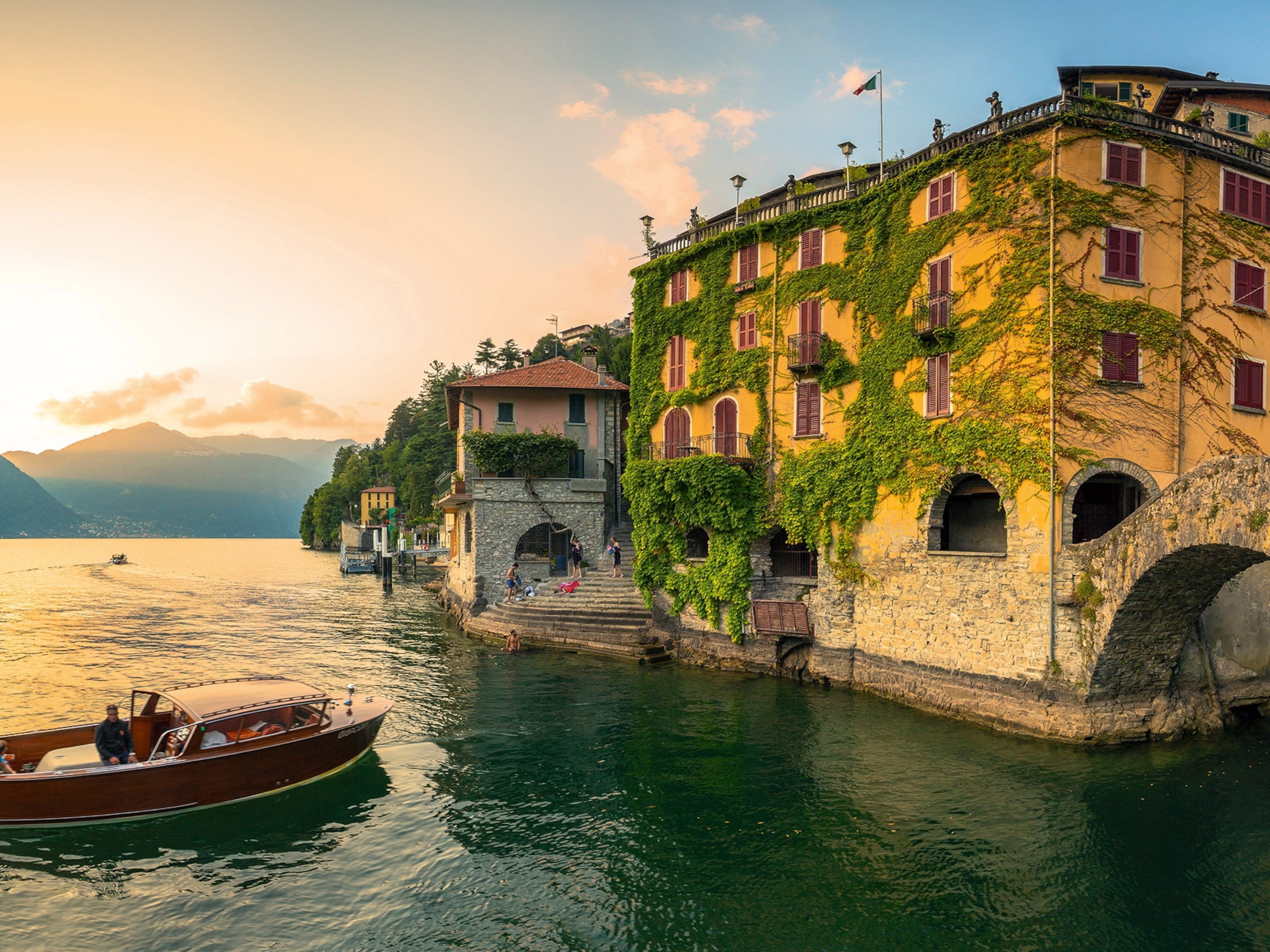
The Caribbean gem of Trinidad and Tobago is a must for families interested in conservation. Between March and August, the islands’ shores host one of the world’s densest leatherback turtle rookeries, allowing families to participate in awe-inspiring, guided experiences to help protect and witness the nesting sea turtles. On the American West Coast, the San Francisco Crosstown Trail provides a fantastic urban adventure. This nearly 17-mile diagonal hiking path winds through diverse neighborhoods, parks, and hidden staircases, offering a family-friendly way to explore the city’s natural beauty and architecture, with options for camping along the route.
The incredible biodiversity of Colombia makes it a perfect destination for family-focused ecological exploration, specifically birdwatching. The country’s tropical rainforests and unique mountain ranges, such as the Sierra Nevada de Santa Marta, are home to an array of avian species, creating an educational and colorful experience for young nature enthusiasts. In Europe, the United Kingdom’s Manchester is a surprising but worthy addition, celebrated for its rich industrial past and thriving contemporary culture. Its accessible museums, particularly those focused on science, industry, and football history, provide interactive and engaging experiences for children of all ages, blending history lessons with fun. Finally, Switzerland stands out for its seamless travel infrastructure and multi-generational appeal. With efficient trains, spectacular Alpine views, and incentives like the Swiss Family Card—which allows children under 16 to travel for free—it remains a benchmark for combining chocolate tours, hiking, and skiing into a stress-free and enriching family holiday.
